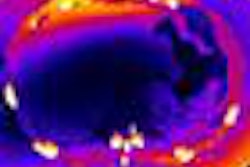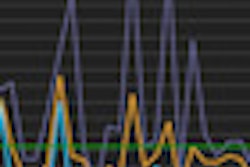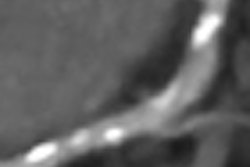High-speed computer graphics cards are being used to provide faster and cheaper radiation dose estimates than supercomputer-based software that has traditionally taken several hours to compute doses from CT scans, say researchers from Rensselaer Polytechnic Institute.
Dr. X. George Xu, a radiation dose expert from Rensselaer, is leading an interdisciplinary team of academic, medical, and industrial researchers to develop new techniques for calculating CT radiation doses in seconds rather than hours.
The $2.6 million project, supported by a grant from the U.S. National Institute of Biomedical Imaging and Bioengineering (NIBIB), uses video cards and parallel processing techniques to help reduce radiation dose calculations from 10 hours to as little as 60 seconds, Rensselaer said in a statement. The technique will also be tested at Massachusetts General Hospital using LightSpeed CT scanners (GE Healthcare), according to project leaders.
The goal is to bring massively parallel computing power, traditionally available only to national laboratories and major research universities, to busy hospitals with limited resources, said Xu, a professor of biomedical engineering at Rensselaer. The group's parallel computing method has the potential to be used in everyday clinical procedures, dramatically reducing the radiation doses patients receive from CT, he said.
Amid today's intense interest in dose reduction, efforts are under way throughout the U.S. to track patient doses in massive dose registries; however, current software packages for determining and tracking CT dose are insufficient for such a critical task, according to Xu.
Xu said he has been working to develop software that uses realistic 3D models, called computational phantoms, to precisely calculate organ doses received in CT scans. However, on standard desktop computers, the software takes about 10 hours to perform the required Monte Carlo calculations and deliver a result, rendering the method too slow for clinical use.
When processed on graphics processing units (GPUs) found in computer cards, however, the same calculations can be performed in a minute or less. A single GPU card can handle the computation of as many as 1,000 central processing units, Xu said.
The research project involves creating the software from scratch and testing it, according to Xu. The project will help clarify the fundamental relationship between the algorithms used in CT dose software and the hardware architecture of existing and forthcoming GPU processors from NVIDIA, as well as chip designs from Intel and other companies. The results will be benchmarked against those of an IBM Blue Gene/Q supercomputer system.



















